A Day at the Circus with a Phase One
by Andrew Paquette – His site is HERE
Several months ago, I did a shoot with Belgian circus performer Leah Wolfe. Scouting a location proved difficult because she needed something called a “point” to hang her apparatus from. Then, a student saved the day by putting me in touch with a school for circus artists called CodArts in Rotterdam. Later, I got back in touch with the school and arranged to do more shoots with their students. So far, I’ve done three of these and look forward to doing more. All were shot with a Phase One IQ250 with the SK 28mm LS and 80mm LS lenses. For lighting, I brought two ProFoto B1 units.
The first shoot was with Christiaan van de Burgt, a fourth year juggler. Because his act didn’t require special equipment, we did the shoot outside. Originally, I’d wanted to do it in the middle of a huge modern plaza that is almost always empty, but when we got there it had been closed off for construction. Instead, we went to a hastily arranged alternative: a narrow boardwalk across an artificial lake. This presented some special problems for Christiaan because the dock was narrow and slippery. If he dropped his clubs, they’d float away. For me, I set my light stands in the water. I worried they’d fall in the wind, but we lucked out and they didn’t. And then on dry land, the wind did knock one over and the rear housing and LCD panel were shattered (250 euros and two weeks later it was fixed).
Figure 1 Christiaan, SK 28mm LS, f/5.6, 1/1600s, ISO 200
Ronja Gwynedd is a tightrope walker. I did two shoots with her, both at CodArts in Rotterdam. The first was formal and used limited light, the second was active and shot in bright light. Luckily, the skylights that were fairly dark in the first shoot let in plenty of light for the second. If they hadn’t, instead of shooting at between 400-800 ISO, it would have been 1600-3200. It was a physically demanding shoot, but she did a great job both times and stayed on her “tightrope” (a steel cable) for most of the time we were shooting.
Shoot One/Ronja
Figure 2 Ronja 01, SK 80mm LS, f/5, 1/800s, ISO 400
–
Figure 3 Ronja 02, SK 80mm LS, f/7.1, 1/160s, ISO 200
–
Figure 4 Ronja 03, SK 80mm LS, f/5, 1/800s, ISO 400
Shoot Two/Ronja
Figure 5 Ronja 04, SK 80mm LS, f/2.8, 1/400s, ISO400
–
Figure 6, Ronja 05, SK 80mm LS, f/2.8, 1/400s, ISO400
–
Figure 7 Ronja 06, SK 80mm LS, f/2.8, 1/400s, ISO400
–
Figure 8 Ronja 07, SK 80mm LS, f/2.8, 1/400s, ISO400
–
Figure 9 Ronja 08, SK 80mm LS, f/2.8, 1/400s, ISO400
Helene Dahl is a Norwegian fourth year hoop juggler from CodArts in Rotterdam. We did her shoot at CodArts right after Ronja’s shoot.
Figure 10 Helene 01, SK 80mm LS, f/11, 1/80s, ISO400
–
Figure 11 Helene 02, SK 80mm LS, f/4.5, 1/400s, ISO400
–
Figure 12 Helene 01, SK 28mm LS, f/4.5, 1/400s, ISO800

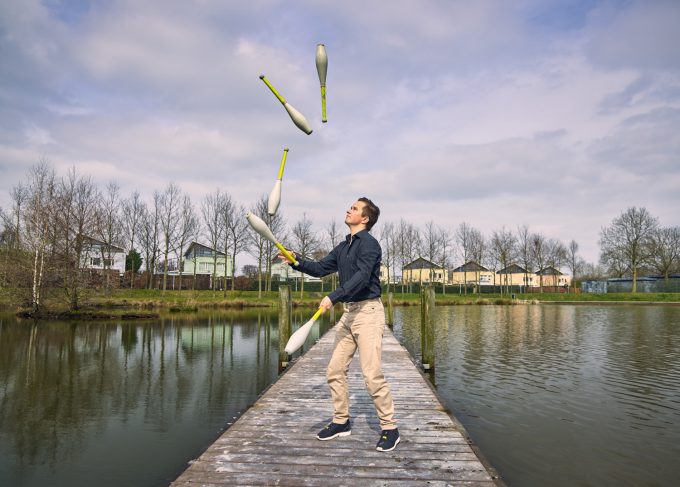
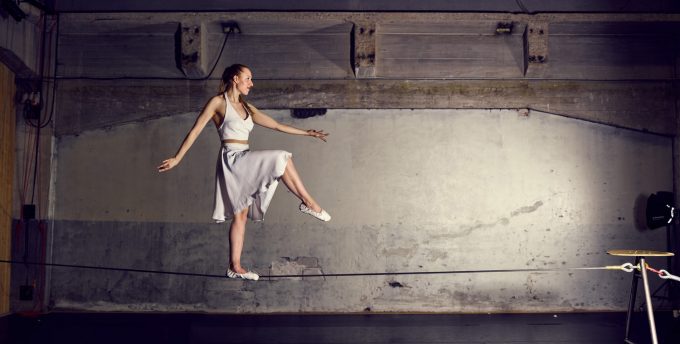
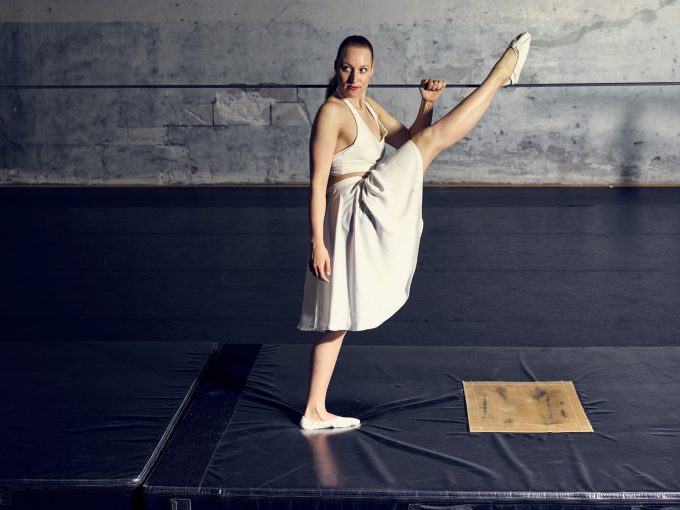
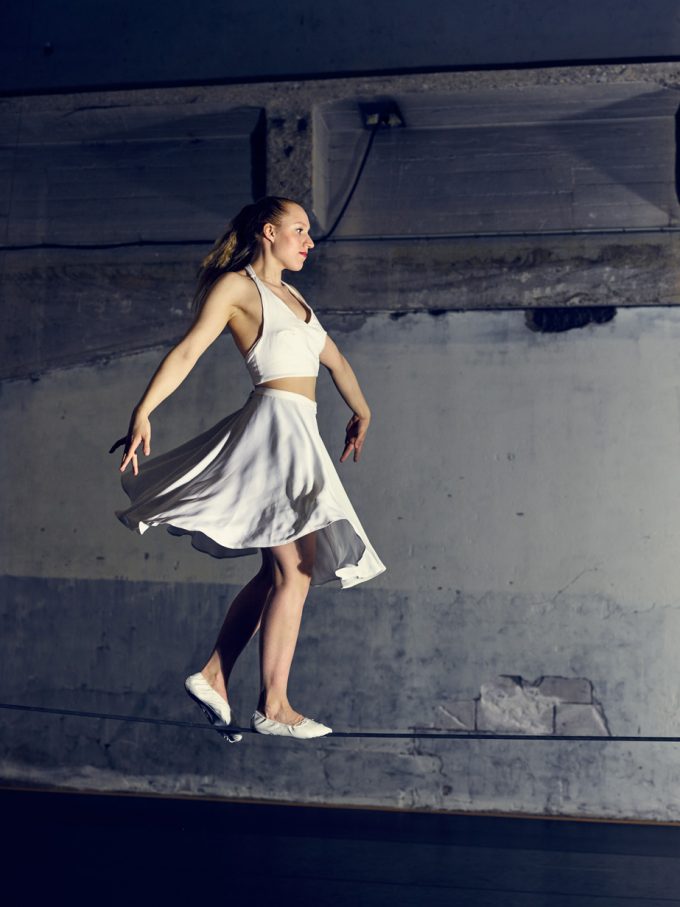
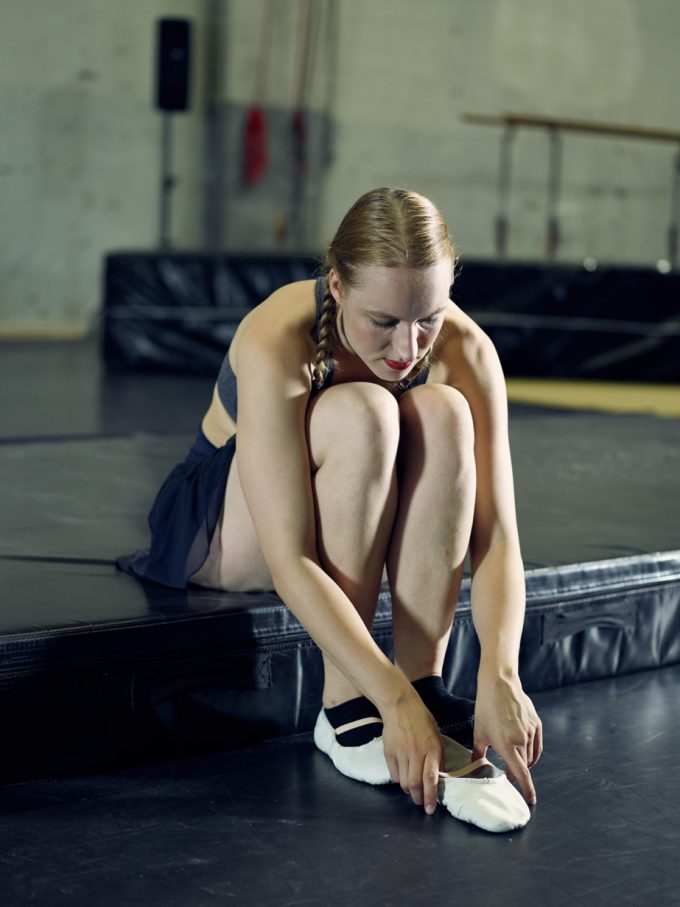
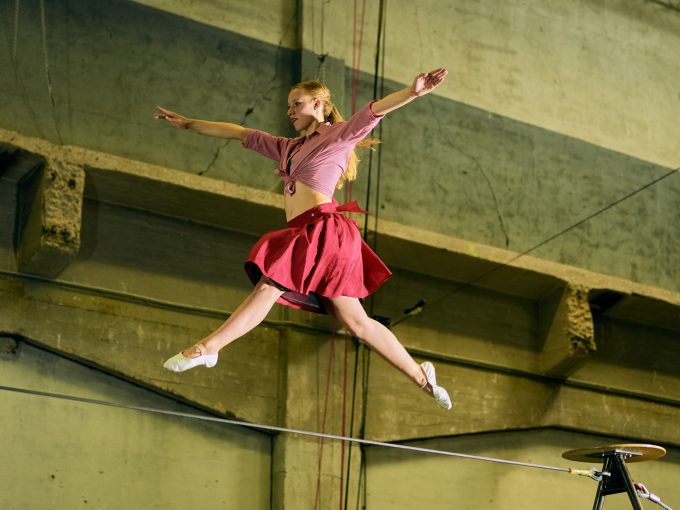
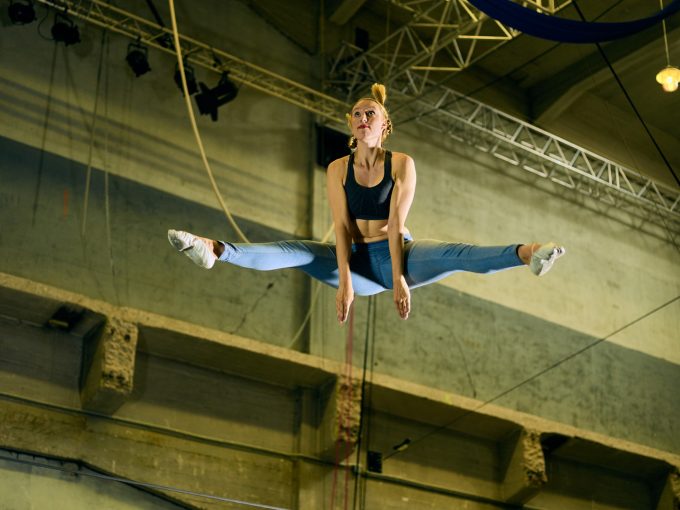
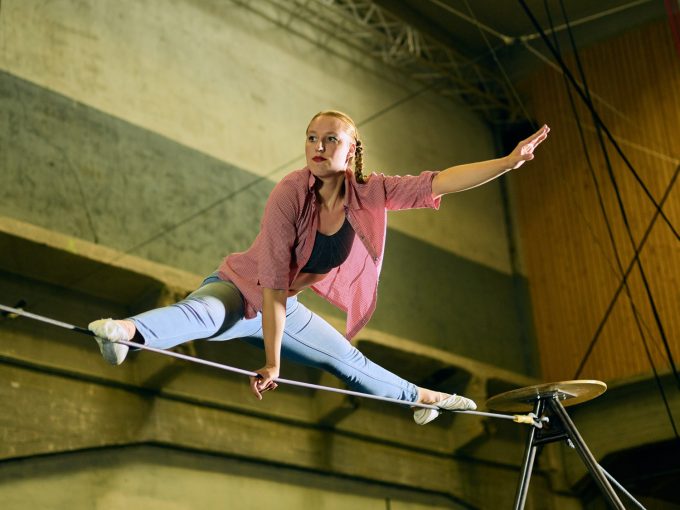
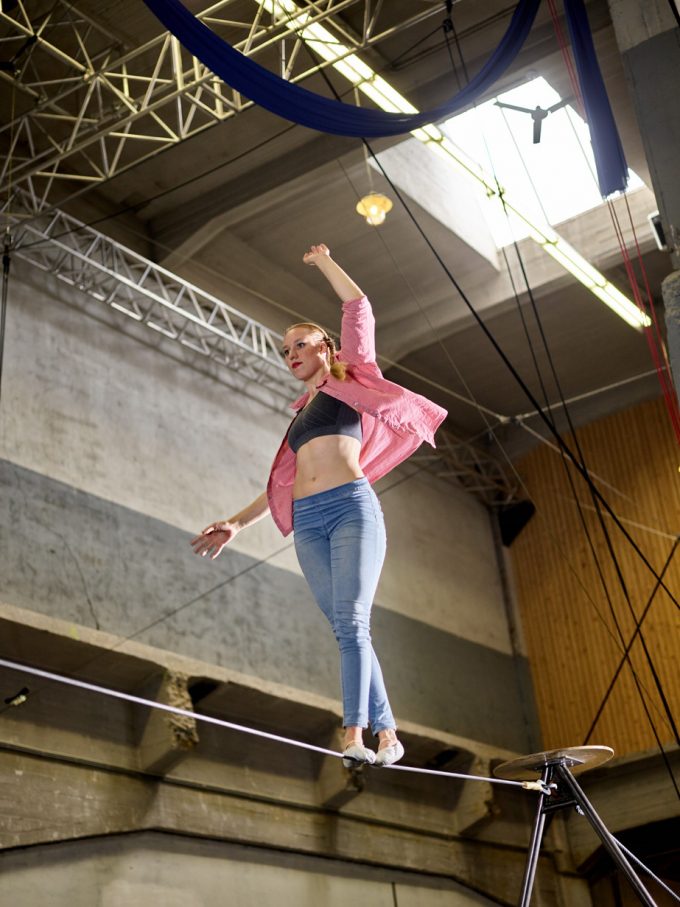
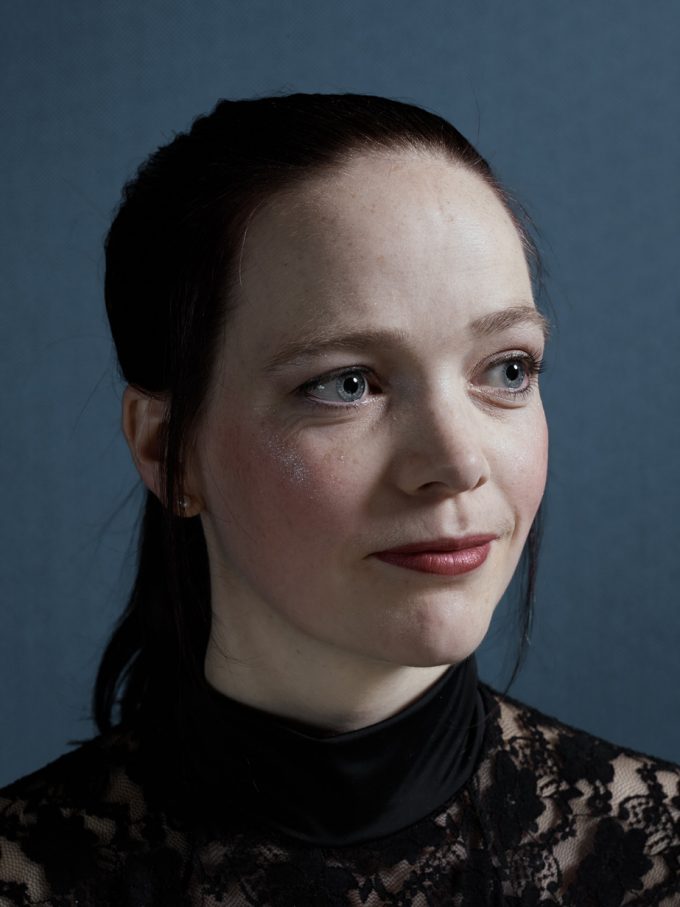
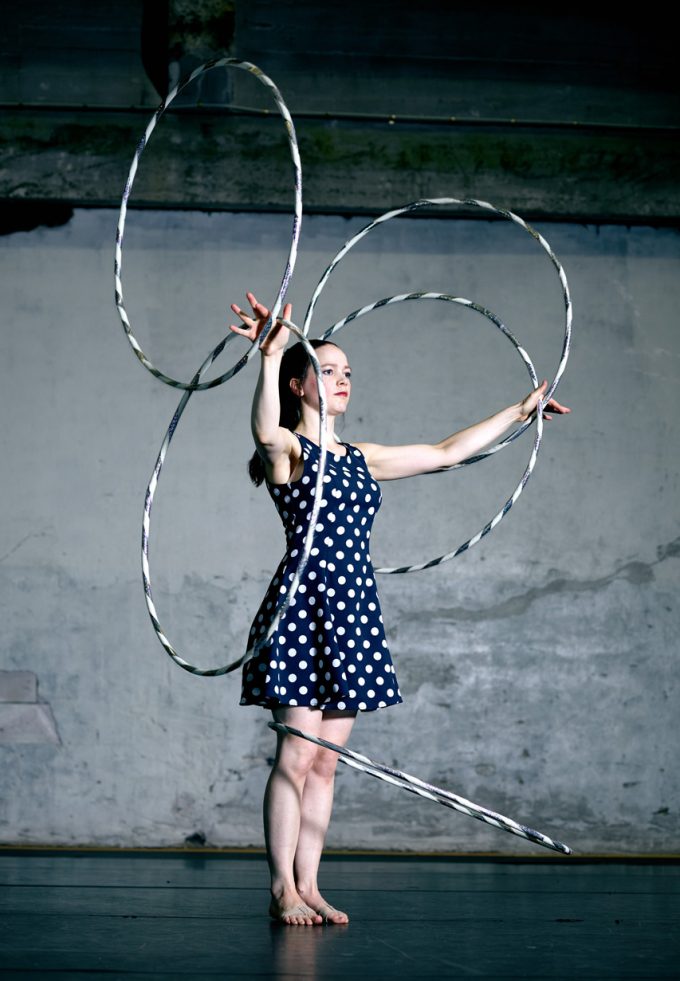
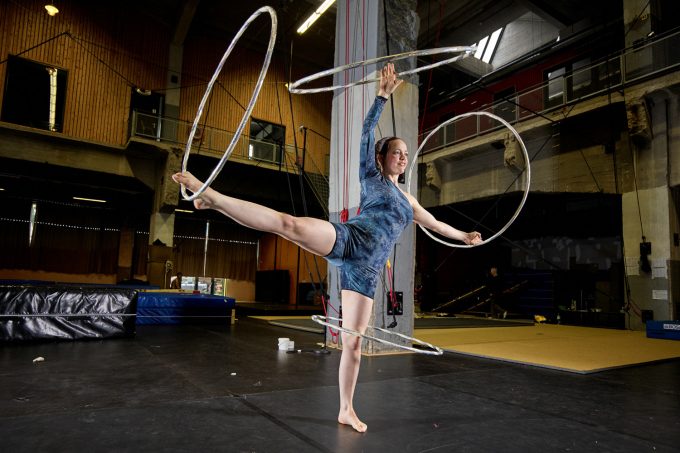


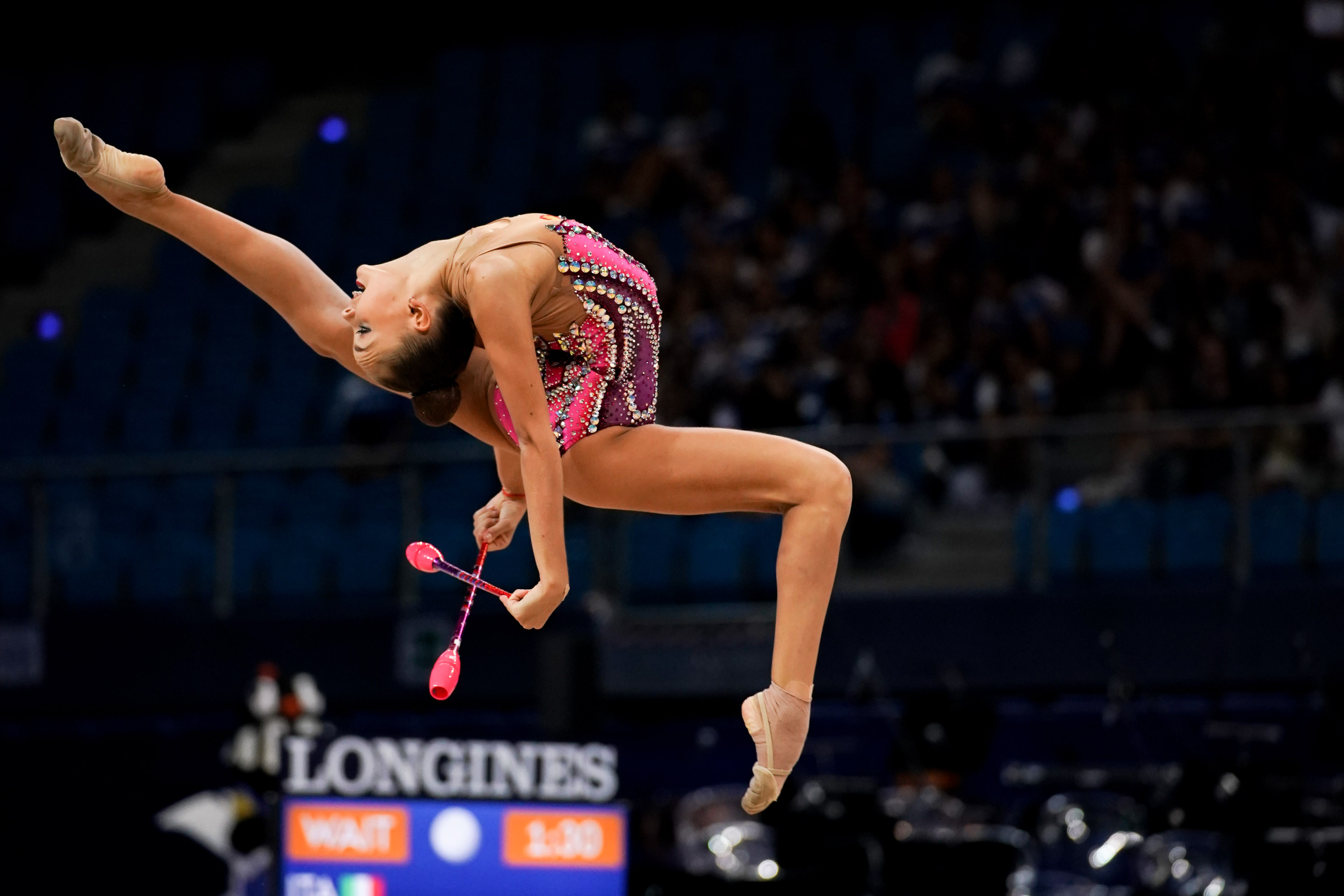
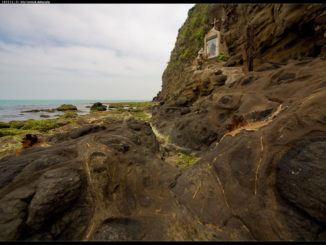
I think that there is a creative element that is missing here. There are shots of circus performers doing some basic, but not really exciting, moves. Technically, they could have been shot with much lesser gear with the same result. Or put another way, these don’t push either the performers or the gear to their maximum, and so they are a bit underwhelming.
I agree with others that a title that promises a circus and a very high-end camera sets the reader up to be really impressed by action, by lights, by something thrilling, and all captured in a way that a normal camera couldn’t.
If you go back to Andrew’s photo shoot of the desert scavenger, it was far more interesting and creative IMO.
I have a companion shoot to the scavenger one coming up in July, but my collaborator is still working on custom-designed props. With luck, it will be shot at 100MP resolution.
AP
Looking forward to it, although I certainly won’t be able to see anything like 100 MP! Even a 27 inch iMac retina display has less than 15 MP.
Andrew I am always keen to see your work -some I love other posts not so much? You always try really difficult set ups which would challenge even the best pro. I like some of the images here but you need some kind of new angle here. You could try a lot of things but your first image gives me an idea. Why not have all of these images photographed with a different unrelated background. A crazy juxtaposition of bizarre circus activity set against a totally mundane but carefully selected background.
Your images need more work but have the basis to be really superb – with just a little infusion of the subversive or absurd or just a plain black background depending.
Good luck with future projects IE a reworking of previous projects but with a bit of added uuuumph !
Thanks for the comments. The circus performers are much harder to shoot than I expected, but that is mostly because of the location. On the other hand, I recently did an indoor basketball event for a change and it came out pretty well. I used a new 150mm lens in the tightest gym I’ve ever been in and one light, but it got the job done thanks to shooting the whole thing at 1600 ISO. The look (in my opinion) is like the Sports Illustrated of the 1970’s. I will do a post on the basketball shots later, after I’ve shot the last game.
AP
My own point of view is that not all pictures have to have subject isolation and I often like environmental cues and a sense of place. I have found it very challenging to get clean backgrounds in gyms and of course good light even with posed shots. While not the typical tightly cropped poster shots, I find these photographs quite pleasing. It is certainly ok for different people to have different artistic preferences or to publish work done under less than ideal circumstances.
I do agree. Actually, your comments have just made me “click”.. I now realise why Andrew’s photos didn’t quite register with me: it’s the title!! When I read “a day at the circus” subconsciously I think excitement, laughter, clapping, enthralling sights with lots of “ooo’s” and “aaah’s”.. you all know what I mean. Captivating entertainment. Yet the photos didn’t fan those flames. I think a better title would have been “A Day At The Gym With Circus Performers”. This is a good lesson on how photography could best portray a given theme!
Awesome! I really like the last images of the tightrope walker, especially under the challenging circumstances you were shooting under. (Juzam: yeah … Rude)
Ditto for over 50000 Canadian I would have got better shots with my rx1r 2 or any other camera I’ve seen some great work with the phase ones cameras sorry but the subject matter is boring allot of work for little reward
Not to be rude, but these pictures do nothing for me. I guess it was hard to reach her up the rope and timing for these shot is very critical. But colors and lighting are not very appealing to me, there is not atmosphere/mood.
You are a good writer. Fun to read your article. About the pictures, the first two of Helene work for me. The color of the background correspondent with the color of her eyes and her dress. Even the minimalistic texture in the background make the viewer focus on the hoop juggler. Those two pictures are outstanding in my opinion. You can feel her tension in her expression.
For the rest of the pictures, maybe it´s quite difficult taking action with a medium format camera. But i think the background is mostly distracting, the light is a tad too harsh (except for the first one, where the light looks too artificial). Maybe you could have worked with a diffusor and reflectors? Or maybe trying a long exposure combined with the flash and low ISO to visualize her action?
It´s an interesting approach to use a Phase One for reportage, i think the two afore mentioned Pictures of Helene are impressive when printed in large size.
Thanks for the comments. I don’t think shooting action is that difficult with a P1 (see my basketball shots on my website: http://www.paqphoto.com). I do think that shooting inside a dark gym is difficult, and the same for shooting these acts in a practice area. One act I haven’t shot yet, but promises to be difficult, involves a teeter board where the two performers are at times about seven meters apart (20 feet). Getting them both requires a fast shutter, but the darkness of the room and their distance increase the light requirements. I much prefer shooting these things outside, but some performers require the gear in the practice room and it cannot be moved elsewhere. I could have shot Helene outside, but decided to do it inside instead. To my surprise, my favorite shot of the day has Helene’s head shot, though it came together very quickly (the first shot looked quite good, but a few more adjustments and ten minutes later, I had the shot reproduced here).
I hope these beautiful shots are due mostly to the lighting and your skill and not the medium format because that is an expensive arena I’ve managed not covet up to this point. Well done.
My jaw dropped…
Thanks for sharing, Andrew. Helena’s portrait is awesome! Also, you really got me thinking about how I might do the tightrope series differently… yet I’m not sure I have all the answers! I like figure 9, because in my opinion your composition comes closest to giving the viewer a sense of admiration of Ronja’s balancing skills.. a perception of danger/drama. But the others, to be honest, don’t impress me, even though the photography is technically good.
I think it’s due to two things. Firstly, the setup needs more “depth”. For example, shots 2 & 4 are (or seem to be) so close to the background wall that Ronja appears to be just walking on a black line on that wall! Of course, the ultimate solution would be to set up a remote camera high in the venue with a big live audience in the background.. imagine that! Then we would have a real dramatic effect. Secondly, I do wonder if using flash lighting freezes your subject so much that the activity looks too.. static? Especially Helena’s hoop juggling.. I think they need a little movement blurr to bring some “life”. Just my opinion.. some may agree, others may not! Anyways, all the best with your circus photography, Andrew.. what a fun subject!
Excellent